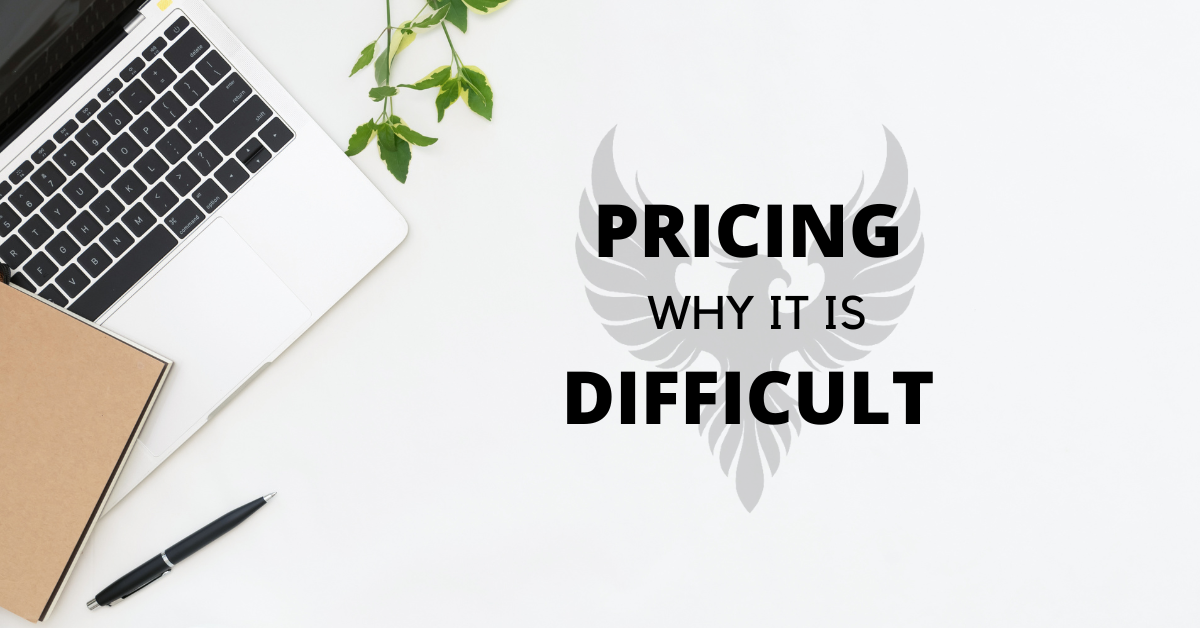The e-learning sector has seen a striking increase in popularity in recent years. More and more people are using online courses to advance their knowledge and skills due to the convenience and accessibility they provide. Numerous businesspeople, educators, and specialists have been inspired to develop and market their own e-learning courses as a result of the rising demand. The right price for these online courses, however, is a frequent issue that arises in this process.
Here, we’ll explore the complexities of selling courses online and look at the different factors that make it so complex:
- Understanding the Value of Your Course:
Determining the perceived value of the course is one of the major obstacles to pricing online courses. Finding a price that reflects the value your course offers while keeping it within your target market’s means of affordability can be difficult. Your course’s expertise, distinctive insights, and practical skills should be taken into account, as should any potential effects it might have on the lives or careers of the learners.
- Market Research and Competition:
The requirement for extensive market research adds to the difficulty of setting prices for online courses. In order to effectively position your course and set a competitive price, it is essential to understand the competition in your niche. By carrying out market research, you can find related courses, examine their pricing plans, and gauge the overall demand for the subject you are covering. You can use this information to choose a price point that will appeal to prospective students and be profitable for your company.

- Course Content and Complexity:
The complexity and content of your online course have a big impact on how much it costs. Due to the considerable time, effort, and knowledge put into developing them, courses that offer thorough knowledge and in-depth understanding of complex subjects may be more expensive. In contrast, less expensive courses might be available that provide more introductory or fundamental information. Finding the ideal balance between course quality, content depth, and cost can be difficult.
- Target Audience and Market Segment:
Understanding your target market and the market segment will also affect how much your online course will cost. The expectations, financial capabilities, and willingness to pay for educational content may vary across different demographic groups. Their decision-making process may be influenced by elements like their income level, professional experience, and the perceived value they place on education. Even though tailoring your pricing strategy to different target audience subgroups can be challenging, it is necessary to expand your market penetration.
- Perceived Return on Investment:
An online course’s value is frequently evaluated by prospective students based on the expected return on their investment (ROI). ROI can be determined in a number of ways, including by developing new skills for professional advancement, enhancing job prospects, or fostering personal development. If you charge too much for your course, prospective students who are dubious about the value they will receive may be turned away. In contrast, setting your course’s price too low could damage how good it is perceived to be. Finding the right price for your online course requires striking a balance between perceived ROI and cost. When determining the price, it’s critical to take into account the competition, market demand, as well as your own knowledge and experience.
- Flexibility and Scalability:
The challenge of pricing online courses also lies in the flexibility and scalability of your offerings. It is common for e-learning platforms to offer different pricing options, such as one-time payments, monthly subscriptions, or tiered packages. Determining which pricing model works best for your course and target audience can be difficult, especially when considering future expansion and the potential need to adjust prices as your course evolves and additional content is added.
However, with careful research and analysis, you can find a pricing model that meets your needs and helps you achieve your goals.
Conclusion:
Selling courses online is undoubtedly a complex task that requires careful consideration of multiple factors. The value of your course, competition analysis, course content, target audience, perceived ROI, and flexibility all play integral roles in this decision-making process. By investing time and effort in thorough market research and understanding your audience’s expectations, you can navigate these challenges more effectively. Strive for a pricing strategy that strikes the right balance between profitability, accessibility, and the perceived value of your online course. Remember, pricing is not a one-time decision, and it may need adjustment over time as market dynamics and the course itself evolve.
Comment below and do let me know your thoughts about this.
